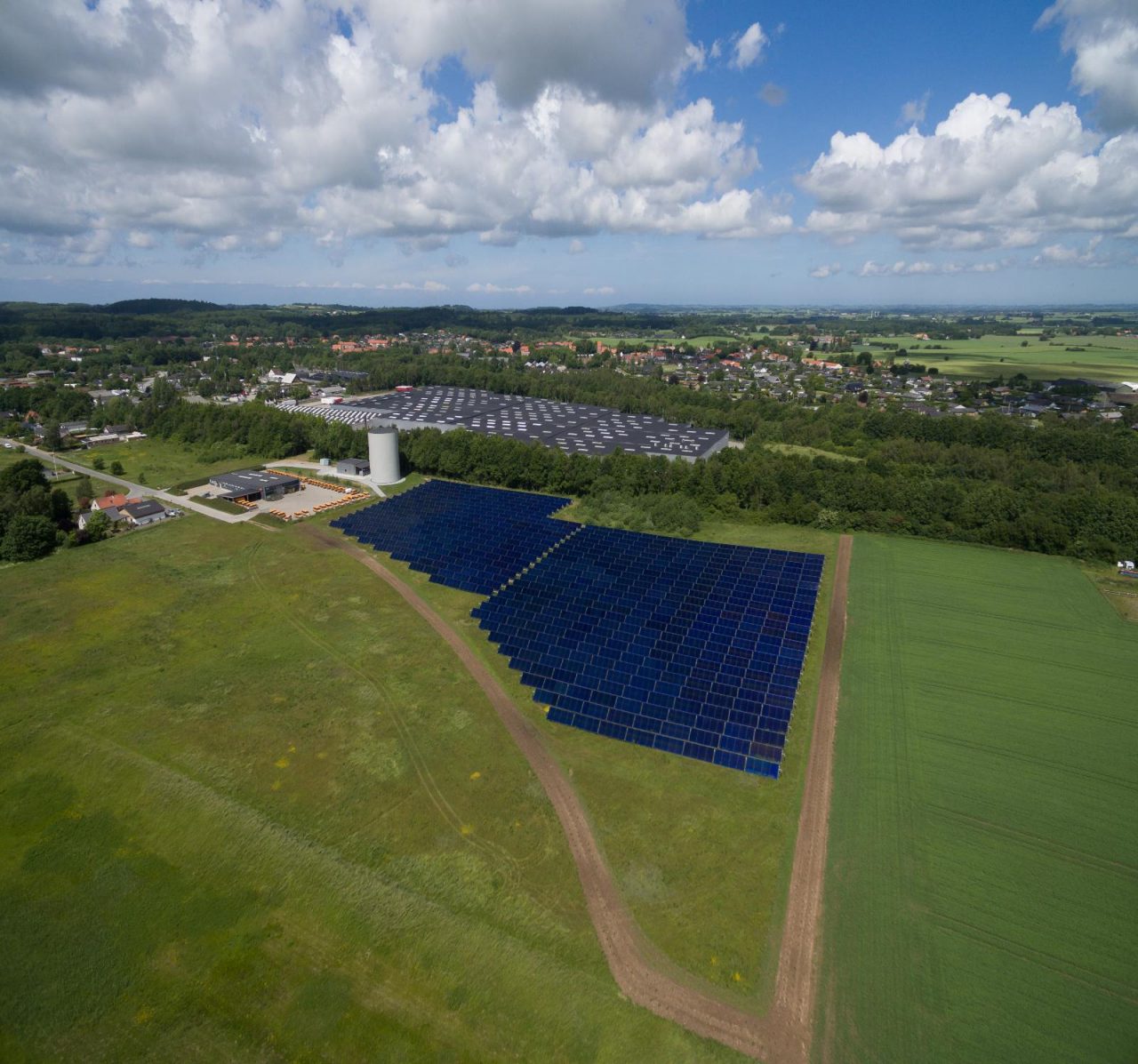
FORS A/S is an energy company owned by three Danish municipalities. Their district heating plant in Jyderup has about 900 customers and produces about 5000 MWh solar thermal energy per year. For the rest of its energy production, the plant uses two gas boilers with 7 MW thermal capacity and two gas engines with 6 MW electrical capacity.
In Jyderup, the collector field is a so-called hybrid field, with both single and double glazed collectors. The single glazed collectors are in the cold end of the collector rows and increase the low temperature as rapidly as possible, while the double glazed collectors are located in the warm side of the collector rows where it is more important to reduce the heat losses. The collector field also has double stanchions which allows for two collector rows to connect to one and the same pipe and thereby save costs and thermal losses.
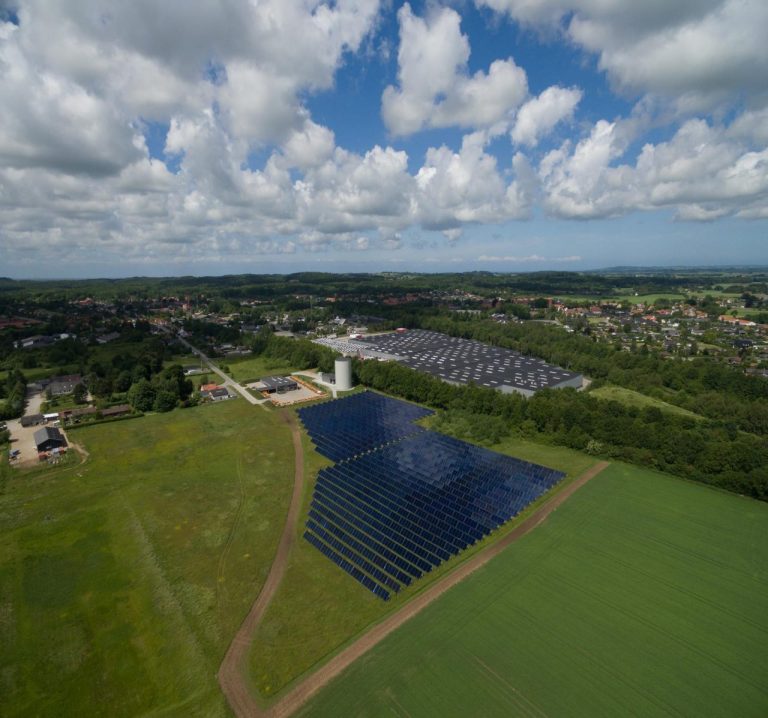
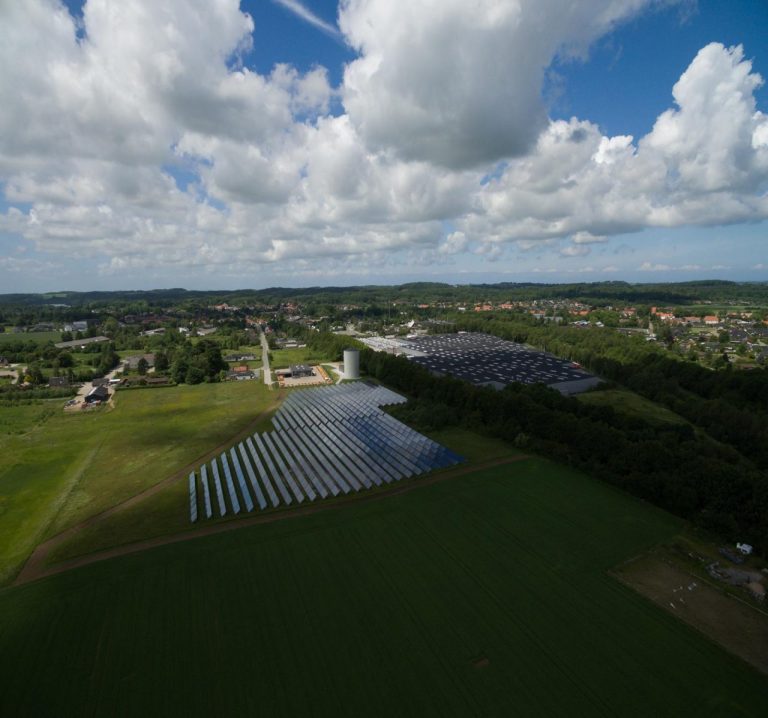
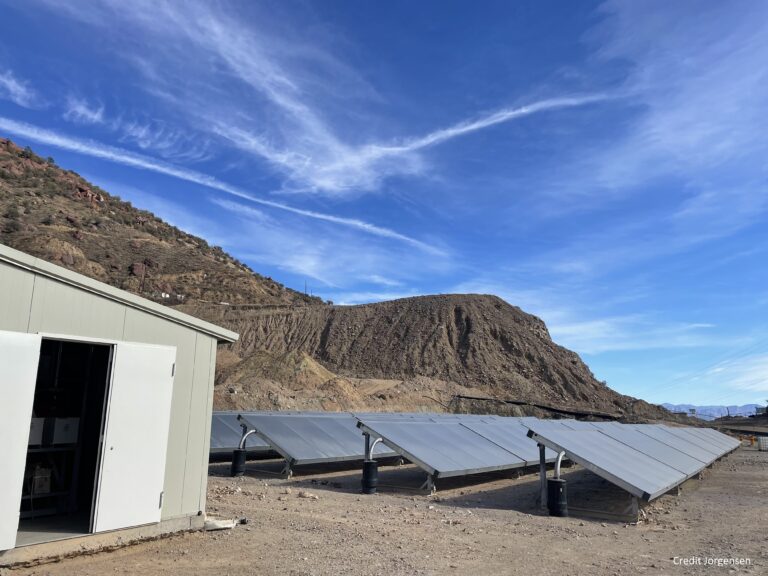
Savosolar and its partner Jorgensen have been selected by Grupo Mexico for the implementation of their first solar thermal plant to deliver carbon free heat to their mining process. In this very energy efficient mining process, only 62 pieces of Savo 15SGM large scale high performance flat plate collectors are sufficient deliver 1,2 GWh of energy over the year and cover 100% of the production need during most of the sunny season.
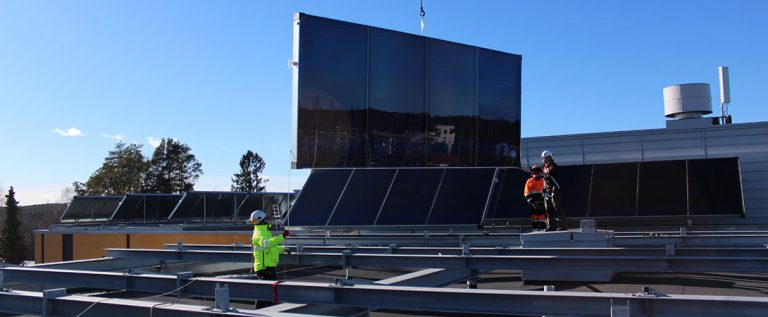
A Finnish district heating company Elenia Lämpö Oy invested in Savosolar solar thermal system to produce CO2-free energy for their customer, which in this case is a nursing home located in Hämeenlinna. The heat is used for domestic hot water and pool heating.
The installation is the biggest operational solar thermal system in Finland.
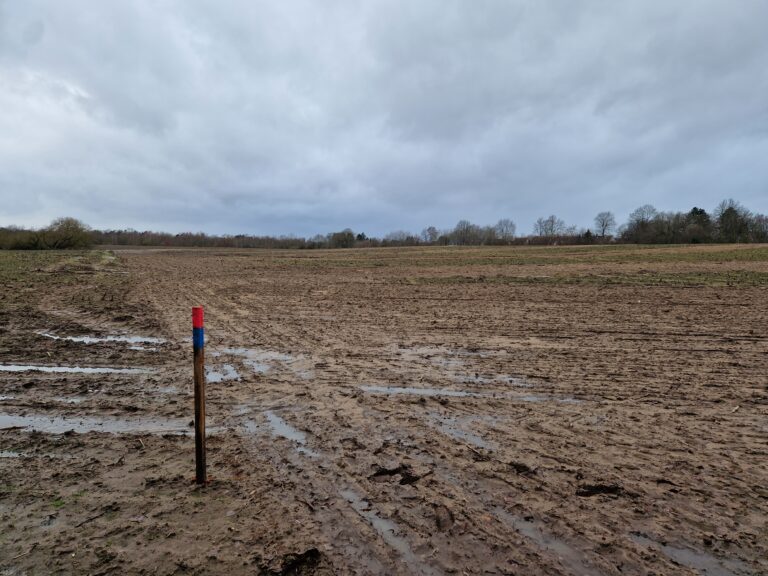
Under construction
Lübeck, Germany (largest solar thermal plant in Schleswig-Holstein federal state)
Summa Energy has been selected as general contractor to build a 9 MW solar thermal system on behalf of Stadtwerke Lübeck Energie GmbH for its district heating network, which supplies households in the Moisling city district with healthy heating. Only 788 pieces of Savo 16S large scale high performance flat plate collectors are sufficient to getting combined with an 3,000 m³ heat storage tank and produce carbon free heat for the needs of all connected consumers.
Additionally, a PV system will be built on site to generate the electricity consumed by the solar pumps, thus unburdening the local power grid.
The scope of supply includes also all the land works, the construction of a technical building and the supervision system to operate the plant in automatic mode.